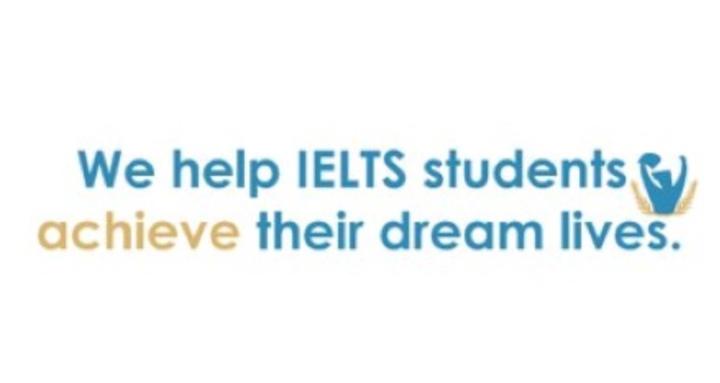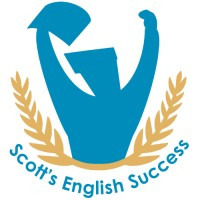10d (edited) • General discussion
True, False, Not Given: Practice
In 1928, Alexander Fleming, a Scottish bacteriologist, made a groundbreaking discovery at St. Mary’s Hospital in London. While studying bacteria, he noticed a mold growing on a petri dish that had produced a substance capable of killing nearby bacteria. He named this substance penicillin, recognizing its potential as the first antibiotic. Fleming published his findings in 1929, but the medical community initially showed little interest. It was not until the 1940s that scientists Howard Florey and Ernst Chain, working at Oxford University, transformed penicillin into a practical treatment. Their efforts enabled mass production during World War II, saving countless lives by treating infections previously deemed untreatable. Penicillin’s discovery marked a turning point in medicine, paving the way for modern antibiotics. Fleming, Florey, and Chain later shared the Nobel Prize in 1945 for their contributions, cementing penicillin’s legacy as a life-saving drug.
Do the following statements agree with the information given in the text?
TRUE if the statement agrees with the information
FALSE if the statement contradicts the information
NOT GIVEN if there is no information on this
- Alexander Fleming discovered penicillin while intentionally studying mold.
- Penicillin was widely used as a treatment during the 1930s.
- Howard Florey and Ernst Chain contributed to making penicillin a practical medical treatment.
0
0 comments
powered by

skool.com/scottsenglish-6743
Learn IELTS from Scott Jennings (BA M.Ed). IELTS expert; Master of Education; Over 25 years' experience.
Suggested communities
Powered by
